 [For several years in the early 1970s I wrote annual summaries of the preceding year’s notable events in the world of photography for Collier’s Encyclopedia Yearbook — as its name implies, an update of and supplement to that reference work. I took the assignment as an opportunity each year to create a time capsule of sorts, intended for unpredictable and even unlikely reference by readers I assumed would not normally track the medium, thus unfamiliar with its issues and field of ideas. An unusual challenge.
[For several years in the early 1970s I wrote annual summaries of the preceding year’s notable events in the world of photography for Collier’s Encyclopedia Yearbook — as its name implies, an update of and supplement to that reference work. I took the assignment as an opportunity each year to create a time capsule of sorts, intended for unpredictable and even unlikely reference by readers I assumed would not normally track the medium, thus unfamiliar with its issues and field of ideas. An unusual challenge.
The length was fixed at 1500 words. The publishing schedule required completion of the assignment by late fall (November 1, as I recall), with the volume sent out to subscribers in early spring, around this time. I just came across the one that appeared 46 years ago in the 1971 edition of the Yearbook, synopsizing the year 1971 (and the last months of of 1970). Here it is, in its entirety. — A.D.C.]
•
Photography: 1971
Aesthetic trends.
Two burgeoning movements, one nominally within the traditional perimeters of the medium and the other falling outside them, promise to influence very substantially future ways of thinking about photography.
Snapshot aesthetic.
The first trend is the increasing use of what critics are beginning to term the snapshot aesthetic. The snapshot aesthetic recognizes that accident and chance are intrinsic aspects of the photographic act, aspects which practitioners of this approach accept and attempt to incorporate within their work. Photographers working in this vein seek to capture some of the spontaneity of the snapshots in every family album and the frequently surreal mystery which such images contain. This approach to the medium is directly contradictory to most traditional theories of composition, especially Edward Weston’s concept of previsualization, which holds that the photographer is artistically (and, in a sense, morally) responsible for knowing exactly what is going to appear on his negative before releasing the shutter.
Many of the most acclaimed photographers have worked with some variant of the snapshot aesthetic at one time or another; photojournalism, of course, has the snapshot as its basis. Among the noteworthy artists who have worked either extensively or exclusively with snapshots are Jacques-Henri Lartigue, Erich Salomon, Henri Cartier-Bresson, Weegee, Robert Frank, and Lee Friedlander.
Two more who theoretically could be included in this group died tragically this year. Diane Arbus, on the brink of major fame — many of her images of freaks are already considered classic — took her own life late in July at the age of 48. And Larry Burrows, a superlative photojournalist on the staff of Life magazine, was killed in Vietnam while on assignment.
Conceptual art and photography.
The second significant trend is the unexpected increase in the overlapping of photography and other media, accelerated greatly by the surge of work done in conceptual art and its offshoots, such as “earth works.” A growing number of sculptors, painters, and less easily classifiable artists have lately been creating works specifically intended to sidestep the museum/gallery/wealthy-collector circuit that dominates so much of contemporary art. Their method for breaking through this process of premature embalment and avoiding the creation of beautiful objects exclusively for the very rich has been to create uncollectible, unshowable works: to build mounds of earth in the desert, to structure events and happenings, to pour colored dyes into the ocean — in other words, to change the environment (which is one way of defining creativity) without creating anything which can be owned.
The intriguing side of the story is that although all these artists are anxious that their works should by nature be temporary or intangible, only a few are willing to let them be seen simply by those who happen upon them or to let them be forgotten. Consequently, most have turned to the camera — operated either by themselves or by others — to make records of their works in situ or in progress.
As a result, anyone who does not happen to catch the “showing” of, say, a series of trenches in Idaho between the time they were dug and their final erosion will be able to experience them through photographs. This may end up, paradoxically, by turning those photographs into the same sort of collectible, valuable objects the artists sought so hard to avoid producing. Future critics, historians, and audiences may well decide that during this period artists were primarily concerned with creating interesting subjects for photographs.
Conceptual events.
In Canada a group of young photographers responded to an invitation by the Canadian National Film Board to mount a show of their work by preparing an unbound book of reproductions on newsprint, having thousands of copies printed, and filling most of a gallery’s floor space with mountainous piles of the unbound pages. In New York City, SuperNova, an artists’ cooperative, photographed all four sides of the block on which its studio is located and then mounted an exhibit of the documents (inside-out, naturally) in the studio.
And Harvey Stromberg held an “official” opening party in June for an unauthorized show of his work which has been unofficially on view in New York City’s Museum of Modern Art for two years. Stromberg’s method for showing at this prestigious institution is amazingly simple. He makes exact-size black and white photographs of such museum features as light switches, bell buzzers, air vents, and electrical outlets, which he backs with double-faced masking tape and surreptitiously places on museum walls, doors, floors, and stairs. Although many of his photographs have been found and removed by museum officials, Stromberg has not yet been caught in the act — not even when, at the climax of his “opening” (which was held right outside the museum), he pasted a keyhole on the front door.
Books and exhibitions.
Many of the year’s best books were long-overdue monographs produced on the occasions of eagerly awaited retrospective exhibitions. A beautifully designed and superbly reproduced volume of Wynn Bullock’s photographs was based on a major show. Walker Evans: Photographs, the first comprehensive survey of Evans’ work, accompanied an exhibit of several hundred of his prints at the Museum of Modern Art. A fine monograph preceded one of the most controversial shows of the year, W. Eugene Smith’s “Let Truth Be the Prejudice,” at New York City’s Jewish Museum. Some saw the exhibition as a sloppy and self-indulgent display while others perceived it as a no-holds-barred, emotion-laden exposure not only of a great photographer’s life work but of his very soul as well.
The late Manuel Alvarez Bravo, considered by many to be Mexico’s greatest photographer, was the subject of a one-man show and book, Manuel Alvarez Bravo, at the Museum of Modern Art. [Note, March 2018: Alvarez Bravo was very much alive when I published this; I got to meet him several times thereafter. He died in 2002. I have no idea how this error crept into this article, nor how my editor didn’t catch it. — A.D.C.] An exhibition based on Cartier-Bresson’s France: A Photographic Essay was featured at the Hallmark Gallery in New York City. And, a Uelsmann retrospective and book, Jerry N. Uelsmann, at the Philadelphia Museum of Art were at once awe-inspiring in their achievement and disturbing in their indication that Uelsmann has exhausted his present style and must find some way to transcend it.
There were also several very exciting discoveries of new artists during the year. Monographs were printed of the photographs by E. J. Bellocq, a hydrocephalic dwarf, who had created a deeply moving series of portraits of prostitutes in New Orleans during the first quarter of the twentieth century. The new prints, which were found, restored, and beautifully printed by Lee Friedlander, were shown and published as E. J. Bellocq: Storyville Portraits by the Museum of Modern Art. The work of Doris Ulmann (1884-1934), published as The Appalachian Photographs of Doris Ulmann, and Leigh Richmond Miner, printed in Face of an Island, was also brought to light. Neither photographer was well-known before this year.
Margaret Bourke-White.
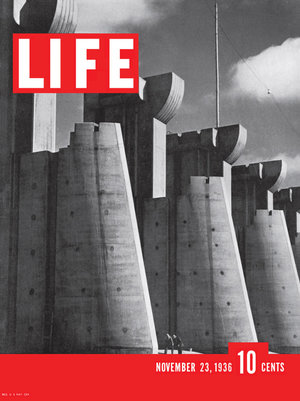 Margaret Bourke-White, one of the world’s outstanding photographers, died August 27 after a long fight against Parkinson’s disease. An original member of the Life magazine staff (one of her photographs was used for the cover of the first issue), she was the first accredited woman photojournalist in World War II.
Margaret Bourke-White, one of the world’s outstanding photographers, died August 27 after a long fight against Parkinson’s disease. An original member of the Life magazine staff (one of her photographs was used for the cover of the first issue), she was the first accredited woman photojournalist in World War II.
Photography and culture.
Two incidents this year, both of them peculiar, served as indicators of the impact of photography on our culture. M. Richard Kirstel, a teacher at the Maryland Institute, College of Art, was convicted, fined, and put on two years’ probation in a trespassing case. Kirstel was arrested in November 1970 when he appeared on the Towson State College, Md., campus to hang a contracted show of two sequences, titled Pas de Deux, depicting heterosexual and lesbian lovemaking.
Though the prints had been both exhibited and published previously without touching off legal action, the officials at Towson State, apparently terrified by the uproar this show might cause, canceled the exhibit at the last minute without notifying the photographer and had him arrested when he appeared to hang it. In the trial, held in February, the existence of a legal contract and Kirstel’s possession of a check as honorarium for his show (dated the same day as his arrest) were somehow deemed insufficient evidence of Kirstel’s innocence. The verdict, needless to say, is being appealed.
And, even more strangely, the removal from a group exhibition in Memphis of five photographs by Leslie Krims was the ransom demanded by a still-unidentified man for the safe return of the son of a part-time worker at the gallery. Apparently disturbed by Krims’s satiric grotesqueries, the kidnapper insisted, in a statement broadcast by a local radio station, that the removal of these photographs be promised. The boy was released unharmed after the kidnapper’s demand was met. Even Krims, who is aware of the uneasiness his work arouses in viewers, was shaken by the experience.
Two small items must be appended to this report. First, a Japanese newspaper announced that the waters near Mount Fuji were so polluted that one could develop photographs therein and get recognizable if fuzzy results. And the Allied Impex Corporation, after its success with this item last Christmas, announced that it was again planning to market its Mick-a-Matic — an Instamatic camera built into a large and colorful Mickey Mouse head — during the holiday season.
•
First published in Collier’s Encyclopaedia Year Book 1971 (New York: Crowell-Collier Publishing Co., 1971), pp. 439-442.
•
 Special offer: If you want me to either continue pursuing a particular subject or give you a break and (for one post) write on a topic — my choice — other than the current main story, make a donation of $50 via the PayPal widget below, indicating your preference in a note accompanying your donation. I’ll credit you as that new post’s sponsor, and link to a website of your choosing. Include a note with your snail-mail address (or email it to me separately) for a free signed copy of my 1995 book Critical Focus!
Special offer: If you want me to either continue pursuing a particular subject or give you a break and (for one post) write on a topic — my choice — other than the current main story, make a donation of $50 via the PayPal widget below, indicating your preference in a note accompanying your donation. I’ll credit you as that new post’s sponsor, and link to a website of your choosing. Include a note with your snail-mail address (or email it to me separately) for a free signed copy of my 1995 book Critical Focus!
 But wait! There’s more! Donate now and I’ll include a copy of The Silent Strength of Liu Xia, the catalog of the 2012-13 touring exhibition of photos by the dissident Chinese photographer, artist, and poet, currently in her sixth year of extralegal house arrest in Beijing. The only publication of her photographic work, it includes all 26 images in the exhibition, plus another 14 from the same series, along with essays by Guy Sorman, Andrew Nathan, and Cui Weiping, professor at the Beijing Film Academy.
But wait! There’s more! Donate now and I’ll include a copy of The Silent Strength of Liu Xia, the catalog of the 2012-13 touring exhibition of photos by the dissident Chinese photographer, artist, and poet, currently in her sixth year of extralegal house arrest in Beijing. The only publication of her photographic work, it includes all 26 images in the exhibition, plus another 14 from the same series, along with essays by Guy Sorman, Andrew Nathan, and Cui Weiping, professor at the Beijing Film Academy.


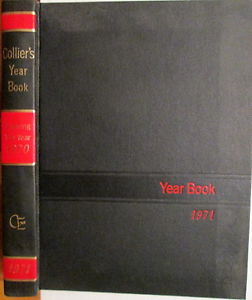
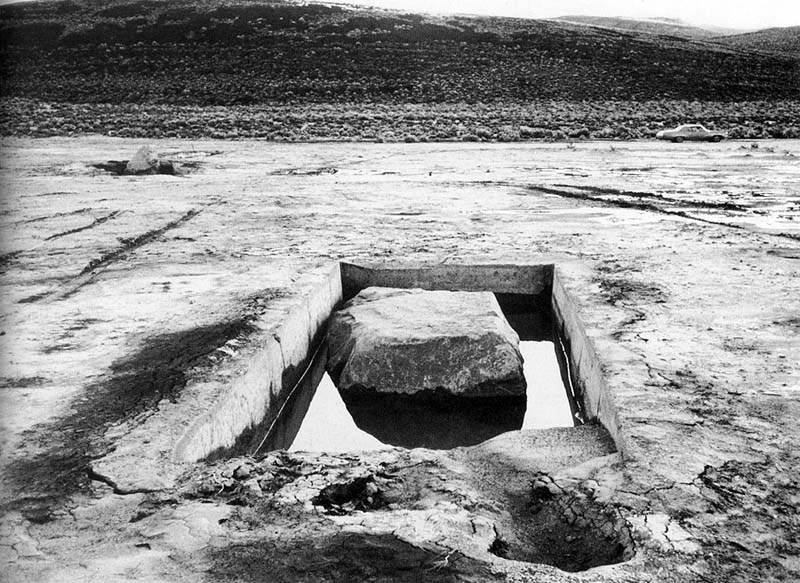
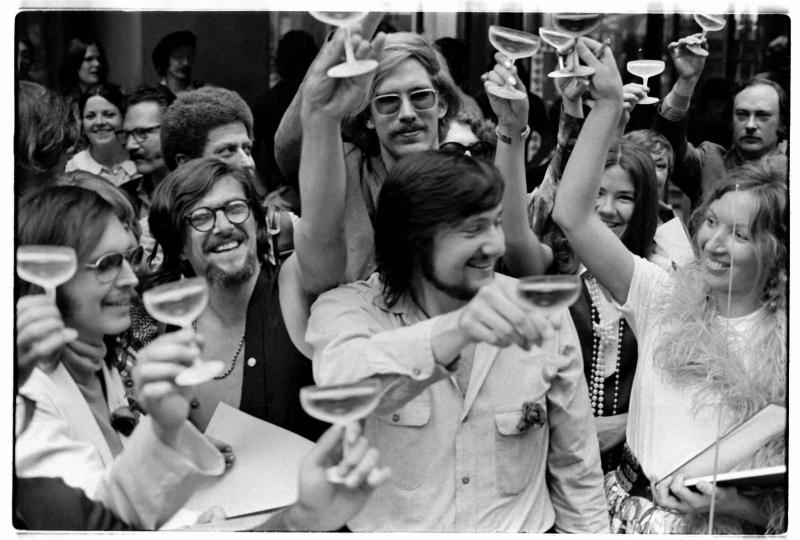
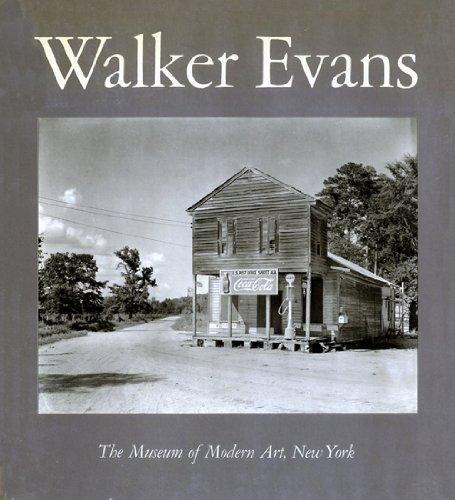
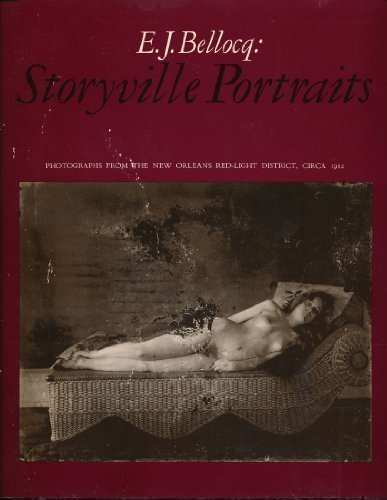
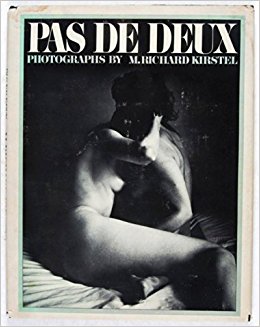
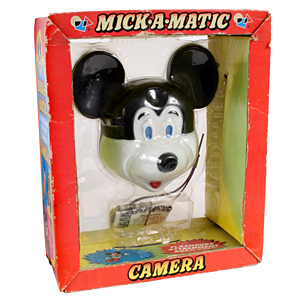




Dear Mr Coleman
The Harvey Stromberg work is fantastic, it reminds me of the considerations regarding trompe l’oeil that, as long as the eye is fooled, it means nothing; the pleasure of trompe l’oeil is derived from the realization that one has been fooled. I dont know what todays equivalent of this thought mechanism would be, but as it’s impossible to be alert and critical in front of each single photographic image of the thousands we see every day, the next best thing is to consider the whole image circulating system as a giant trompe l’oeil without the pleasure of a solution…
all the best, your post’s are always stimulating!